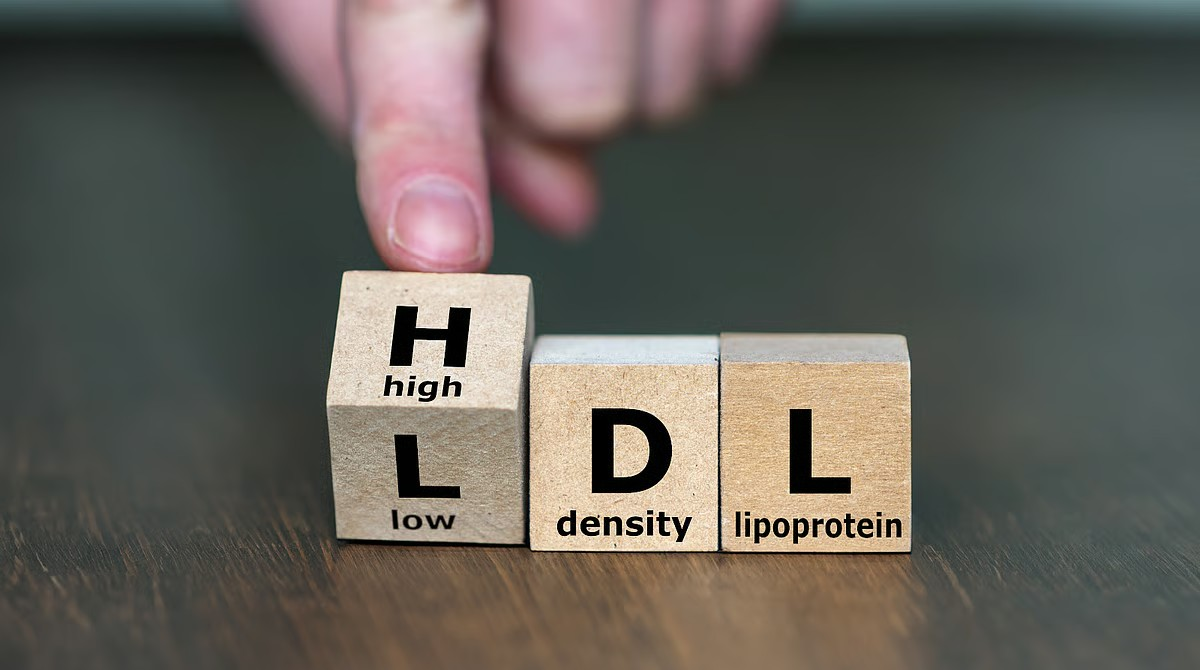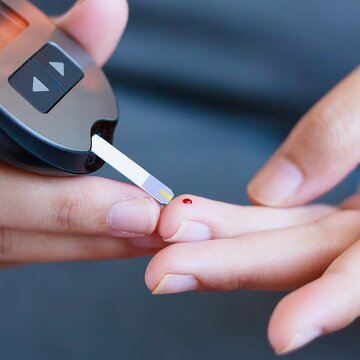If the amount of bad cholesterol rises, the blood carries more harmful cholesterol, which can increase the risk for heart disease. Bad cholesterol is known as low-density lipoprotein, or LDL. This greasy substance circulates in the blood and sticks to the inner walls of the arteries. As this process progresses, the arteries narrow. Here is where the real problem starts. If your LDL cholesterol has risen, a blood test will determine this. But some external signs can hint at it too.
Also Read | Studies suggest Jaggery can detoxify lungs, here is how to consume it
How to tell if your cholesterol levels are rising:
Check for unusual lumps of fat around your eyes: Look for any unusual lumps of fat around the eyes. Small white or yellowish bumps appearing near the eyelids may indicate elevated cholesterol levels in the blood.
Observe the presence of blood vessels on the skin: In most cases, if the blood vessels have a net-like or spider-shaped appearance on various body parts, it may indicate the presence of high levels of LDL cholesterol. Usually, smearing oil on the feet may make the vessels less visible, but they can be present all over the body.
Pain or fatigue in the legs while walking short distances: This might also be a symptom of high cholesterol. Over time, accumulated fat narrows the arteries, reducing blood circulation, especially in the lower body. If you experience pain or weakness in the legs, it would be best to consult a doctor.
Also Read | Not interested in vegetables? You can add these microgreens to your daily diet
Sudden increase in abdominal fat: An Increase in cholesterol can also be indicated by the noticeable gain of belly fat, so be aware.
Poor circulation to the hands and feet: This may manifest as numbness, tingling, or sallowness of skin. In some instances, at times there might be purpura in the feet when there is chronic standing or walking due to pooling of blood.











